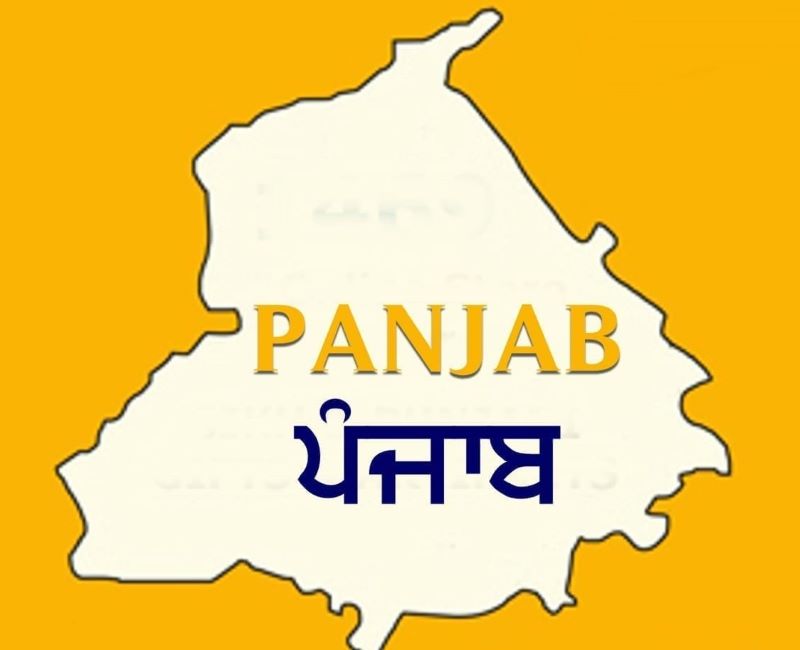 Punjab’s industrial landscape has long been a story of both resilience and struggle, shaped by its geography, political choices, and economic policies. In recent years, a worrying trend has been observed where several established industrial units have either shut down or shifted operations from Punjab to other states, citing high operational costs, poor infrastructure, and inconsistent government support. On the other hand, the state has also seen some fresh investments and the entry of new industrial units, raising hopes that Punjab may still be able to revive its industrial fortunes.
Punjab’s industrial landscape has long been a story of both resilience and struggle, shaped by its geography, political choices, and economic policies. In recent years, a worrying trend has been observed where several established industrial units have either shut down or shifted operations from Punjab to other states, citing high operational costs, poor infrastructure, and inconsistent government support. On the other hand, the state has also seen some fresh investments and the entry of new industrial units, raising hopes that Punjab may still be able to revive its industrial fortunes.
Industries leaving Punjab often point towards issues such as higher electricity tariffs, shortage of skilled manpower, logistical disadvantages, and frequent political uncertainty. Textile and hosiery units from Ludhiana, for instance, have relocated to states like Gujarat and Madhya Pradesh, where raw material supply, cheaper power, and better incentives are available. Similarly, some agro-processing and packaging units have shifted to Haryana and Uttar Pradesh, citing easier access to markets and favourable state policies. The pharmaceutical sector, too, has shown signs of moving towards Himachal Pradesh and Uttarakhand, where tax holidays and hilly-climate benefits offer stronger margins. Each exit not only reduces Punjab’s industrial base but also directly impacts employment, creating ripple effects on the state’s economy.
Despite these setbacks, Punjab continues to attract fresh investments, especially in sectors where it has natural advantages. Agro-based industries, food processing units, and warehousing facilities have been recently established, building on Punjab’s strong agricultural base. The Mohali-Banur region has seen the entry of new IT and pharmaceutical units, benefiting from proximity to Chandigarh and improved connectivity. In Ludhiana, a few new cycle and auto-parts manufacturing plants have opened, trying to revive the city’s lost glory as an industrial hub. Textile parks announced in Bathinda and Amritsar are also projected to bring new employment opportunities if implemented effectively. Moreover, the state government’s promises of ease of doing business, single-window clearances, and special incentives have encouraged some medium-scale investors to take the plunge.
The simultaneous exit of established industries and the entry of new ones shows that Punjab is at a crossroads. If infrastructural bottlenecks, power costs, and policy inconsistencies are not addressed, the outflow may continue, overshadowing the benefits of new units. At the same time, if Punjab leverages its strengths in agro-industry, food processing, and emerging IT hubs, the state could gradually reposition itself as a competitive industrial destination. The challenge lies not just in attracting new units but in retaining existing ones—ensuring that Punjab does not become a mere transit stop in India’s industrial journey.